Mass is one of the seven basic physical quantities. In real-world applications, mass is often realized in the form of the object’s weight. The weight is the force of gravity acting on a body due to its mass.
How is the weight of an object measured? It is done by sensing pressure exerted by it in the influence of gravitational force. A device that measures weight by sensing pressure exerted by it is called a load cell. Strain gauge load cells are very common and directly interfaced with microcontrollers and microcomputers. In this article, we will discuss different types of load cells and gauge load cells.
What is a load cell
A load cell transducer converts pressure or mechanical force into a measurable electrical signal. There are many variations of load cells that vary in size, shape, and working principle. Load cells are often used in domestic as well as industrial applications. Some of the domestic applications of load cells include personal weighing machines, kitchen scales, bathroom scales, pallet weighing, and luggage weighing machines. Some industrial applications of load cells include geotechnical devices, medical equipment, belt scales, hopper scales, track scales, and onboard weighing machines.
Types of load cells
Load cells vary significantly by size, shape, application, and working principle. The easiest way to categorize load cells is by the working principle. Based on this, almost all load cells fall under one of the three following categories.
- Hydraulic load cells
- Pneumatic load cells
- Strain gauge load cells
Hydraulic load cells measure mechanical force by sensing thrust applied to a fluid. They have a typical piston and cylinder setup, in which a fluid is stored between two pistons. One of the pistons is fixed and immovable. The other piston is movable on the application of pressure or thrust force. The movement of the piston causes a change in pressure inside a Bourdon tube, which is sensed by a pressure gauge. These types of load cells are usually analog.
Pneumatic load cells measure mechanical force by sensing air or gaseous pressure. It has a similar cylindrical setup where the cylinder is filled with air or gas, and a movable piston is placed at the top of the load cell. When pressure is applied on the piston, air pressure inside the cylinder changes causes air to escape from a nozzle at the bottom of the cylinder. The pressure exerted by the escaped air/gas is measured by a pressure gauge inside the load cell.
Strain gauge load cells measure mechanical force by sensing deformation in one or several strain gauges inside the load cell. Strain gauge load cells are the most common type of load cells. These come in a variety of shapes and configurations. For example, a bar-type load cell has four strain gauges; two placed on each end of the bar. The load cell is arranged in Z-formation between two platforms on a weighing scale. The load cell is bent due to the applied force when some weight is placed on the bar (top platform). Two strain gauges in the bar measure tension, and two measure the compression to detect the resultant bending distortion. Bar load cells are also called bending beam load cells.
Four load cells are arranged in a Wheatstone bridge formation for maximum sensitivity in a typical weighing machine.
Types of strain gauge load cells
Strain gauge load cells come in a variety of shapes and setups. Some of the commonly available types (based on shape) and their setup follow.
Bar load cells: These are also called bending beam load cells. The load cell is a straight bar with holes on each end of the bar. These holes fasten screws to make a Z-formation with two platforms. One platform remains fixed and stationary, while the other can bend down and place weight onto it. An example of a bar load cell is shown in the image above.
A bar load cell can have a single strain gauge or multiple strain gauge. In a single strain gauge load cell, only one strain gauge is present between two ends of the bar. On application of mechanical force, the strain gauge undergoes tension or compression depending upon its setup. The tension or compression changes the resistance value of the strain gauge, which is detected by an amplifier circuit. A single strain gauge bar load cell comes with only three wires, where two wires are for excitation (supply voltage and ground), and the third wire is used for analog output.
Bar load cells with multiple strain gauges are more common. These load cells usually have four strain gauges connected in a Wheatstone formation. There are two strain gauges at both ends of the bar. The pair of strain gauges at both ends measure tension and compression in equal and opposite directions—the four strain gauges act as pressure-dependent variable resistors. When a weight is placed at the loading point of the load cell sensor, it undergoes a bending distortion. The bending distortion is usually between 0.1mm to 1mm for full-scale load capacity.
As a result of bending distortion, the strain gauge pairs undergo tension and compression at both ends, as shown in the image below.
The strain gauges are placed along the bar where they can experience maximum strain on the bending distortion of the bar. Internally, the strain gauges are arranged in a Wheatstone formation, as shown in the image below.
A strain gauge under tension gets thinner and longer. As a result, its resistance is increased. A strain gauge under compression gets thicker and shorter. As a result, its resistance is decreased. Under normal conditions, all strain gauges have the same resistance, and the voltage difference at the output of the Wheatstone bridge is zero. When weight is placed on the sensor, strain gauge R1 and R3 undergo tension causing an increase in resistance, and strain gauge R2 and R4 undergo compression, causing a reduction in resistance. This generates a different voltage at the output of the Wheatstone bridge. The output voltage is in the mV range and passed on to an amplifier circuit.
The Wheatstone bar load cell comes with at least four wires. There are two wires for excitation of the strain gauge, i.e., supply voltage and ground. The other two wires measure the difference voltage from the Wheatstone bridge.
The bar load cells can be a single point, single-ended shear beam, double-ended shear beam, or wire-rope load cell.
S-type load cell: These load cells are used to measure suspended weights. The load cell comes in an S-shape with holes at both ends for fastening suspension bolts, or rod ends. When a weight is suspended from the load cell, the strain gauges at both ends experience tension. If the weight is placed over the load cell, the strain gauges at both ends experience compression. Tension link type load cells also work on the same principle.
Single strain gauge load cells: These load cells consist of a single strain gauge. The strain gauge undergoes tension or compression depending upon its setup. Under tension or compression, its output resistance is changed, which is detected by an amplifier circuit. These load cells are available as load buttons, planer load cells, and load pins. Usually, four such load cells are placed under a platform at equal distances to measure weight.
Canister load cells: Canister load cells are similar to disc load cells. These load cells are used for high-capacity measurements like truck scales, railway car weighing, hopper scales, and agriculture scales. These load cells are designed to measure only compression.
Torque load cells: These load cells are used to measure torque force. Torque is the force that acts on an object causing it to rotate. An example of a torque load cell is shown in the image below.
Load cell output
Be it a single strain gauge load cell or a Wheatstone load cell, the output voltage of the load cell is expressed to the excitation voltage. This is provided as an mV/V specification for full-load capacity. For example, the output voltage of a load cell is specified 4mV/V in the specification sheet. If the excitation voltage is 10V, at full-load capacity, the output voltage of the load cell will be 40 mV. The following equation gives the output voltage of a load cell –
Vout = Vexcitation * Z mV/V
Where, Z is the mV/V specification.
Conclusion
Weight measurement is done using load cells, which come in various shapes, sizes, use-case, and working principles and across various applications. These load cells may be single strain gauge or Wheatstone load cells. Based on their shape and setup, strain gauge load cells can be bending beam load cells, button/disc type, S-type, torque load cells, or canister load cells. Even single strain gauge load cells are often used in a Wheatstone configuration for maximum sensitivity.
You may also like:
Filed Under: Tech Articles, What Is

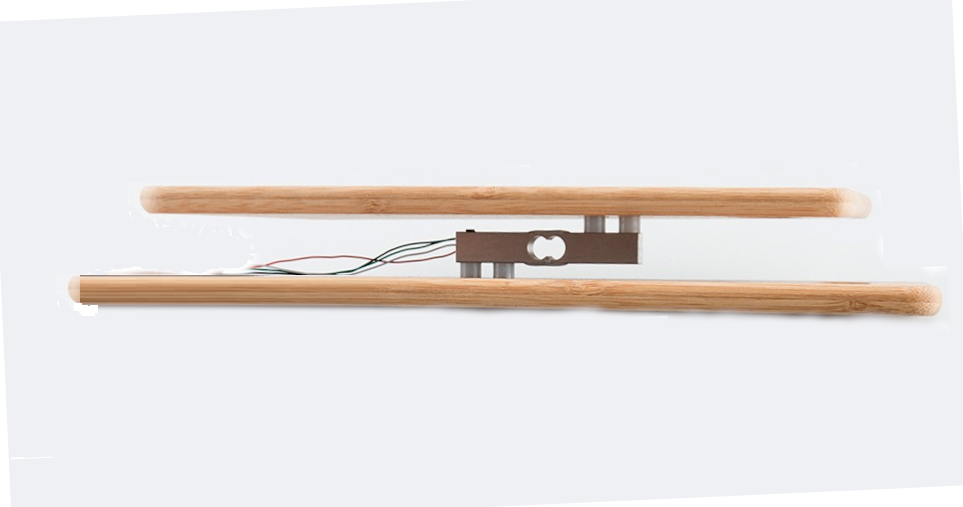

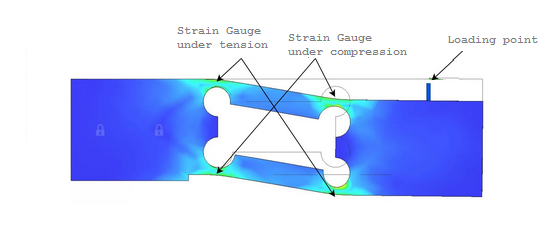
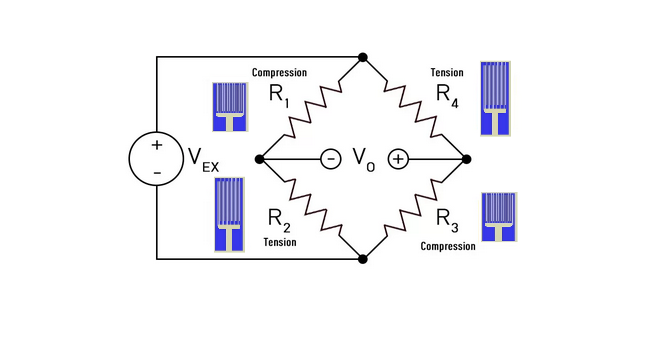
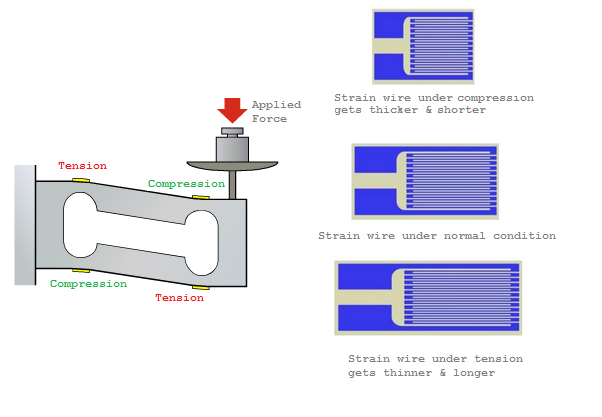
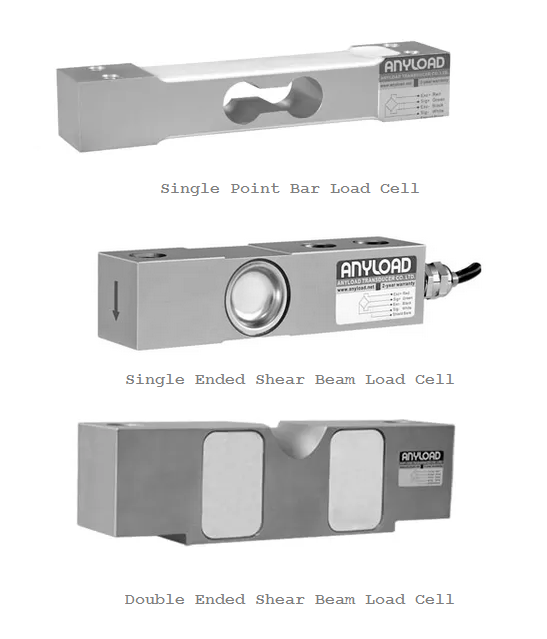
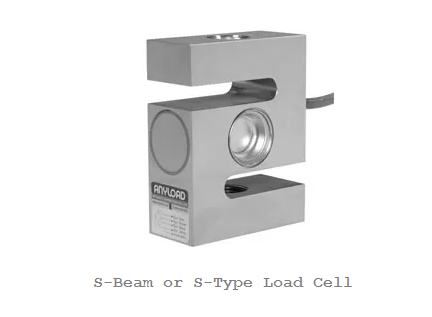
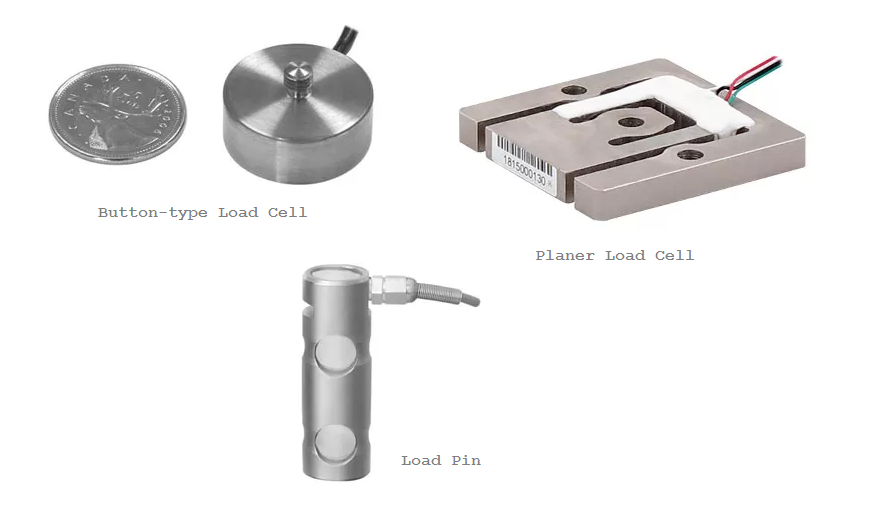
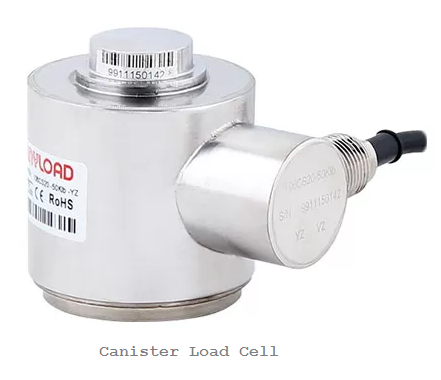
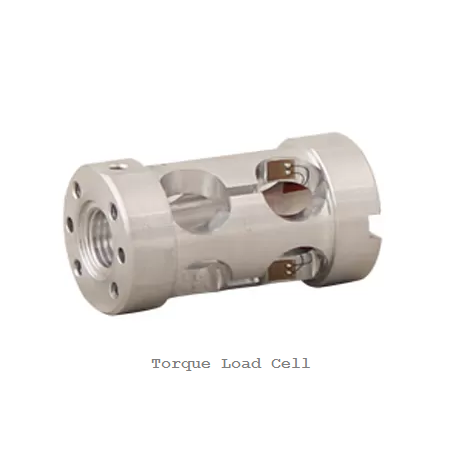
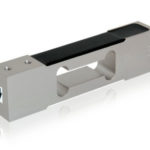

Questions related to this article?
👉Ask and discuss on Electro-Tech-Online.com and EDAboard.com forums.
Tell Us What You Think!!
You must be logged in to post a comment.